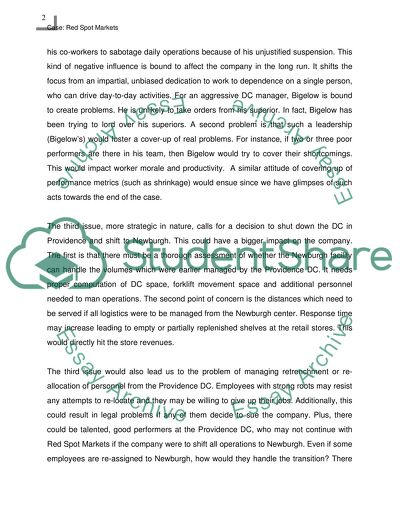Cite this document
(“Red Spot Markets Company Essay Example | Topics and Well Written Essays - 1500 words”, n.d.)
Retrieved from https://studentshare.org/environmental-studies/1419738-red-spot-markets-company
Retrieved from https://studentshare.org/environmental-studies/1419738-red-spot-markets-company
(Red Spot Markets Company Essay Example | Topics and Well Written Essays - 1500 Words)
https://studentshare.org/environmental-studies/1419738-red-spot-markets-company.
https://studentshare.org/environmental-studies/1419738-red-spot-markets-company.
“Red Spot Markets Company Essay Example | Topics and Well Written Essays - 1500 Words”, n.d. https://studentshare.org/environmental-studies/1419738-red-spot-markets-company.


